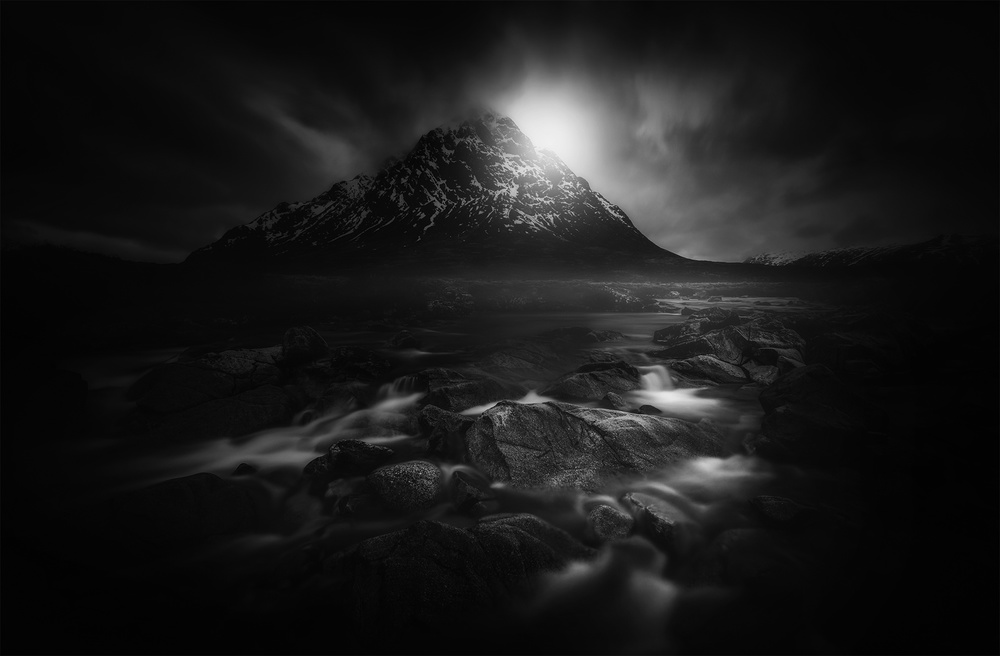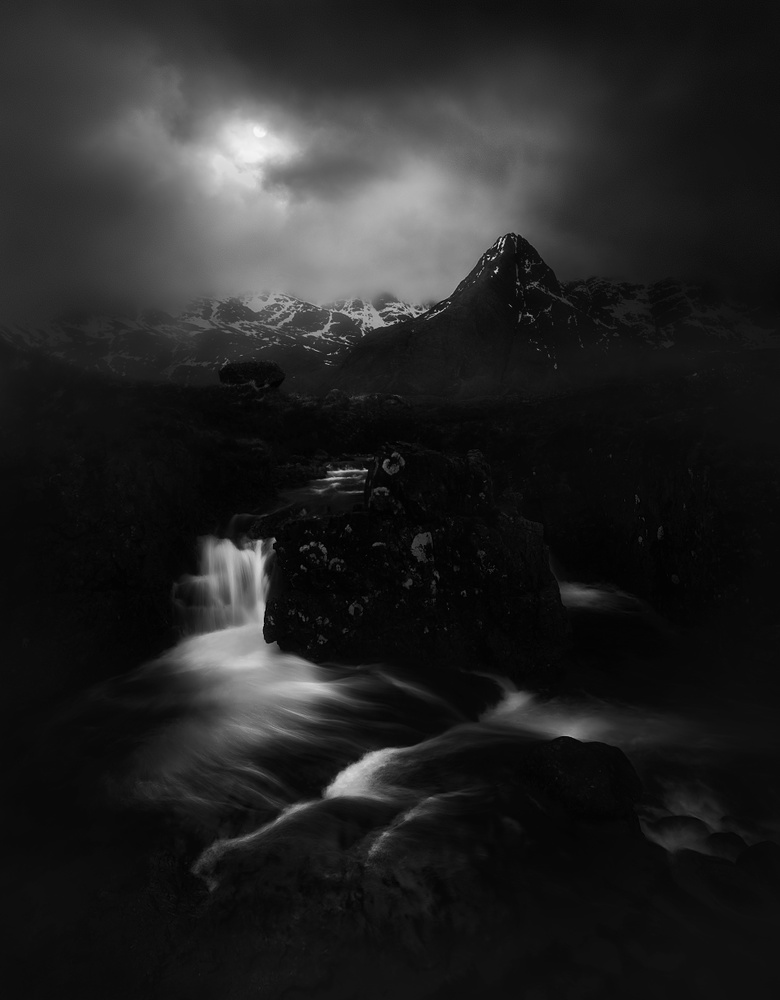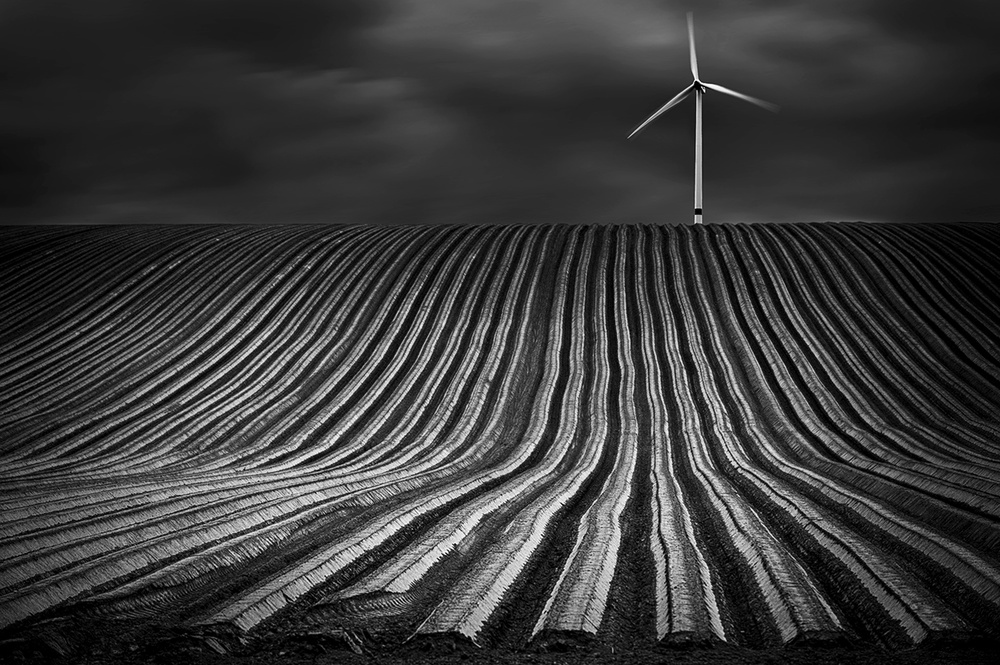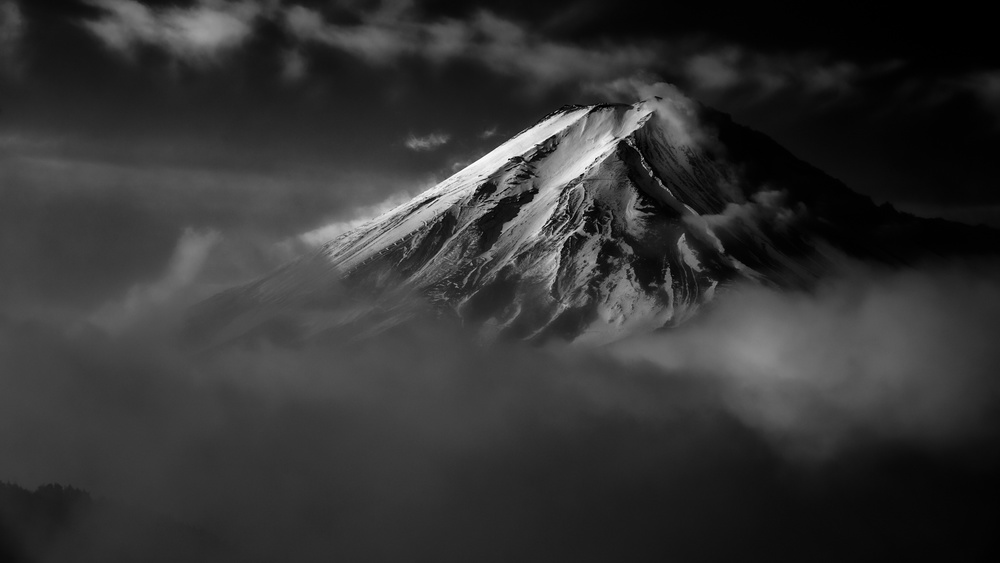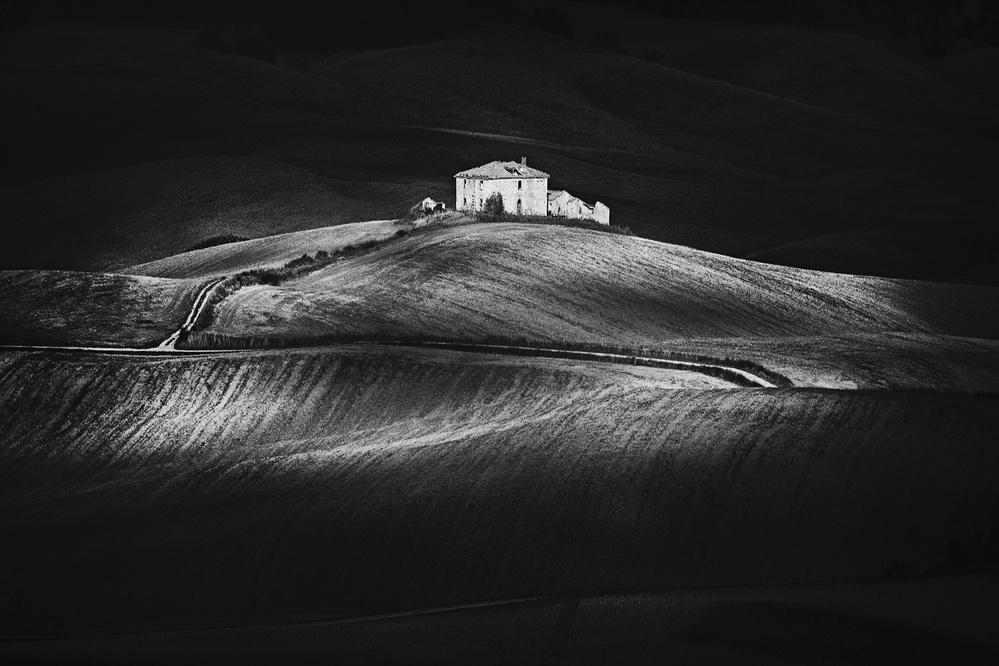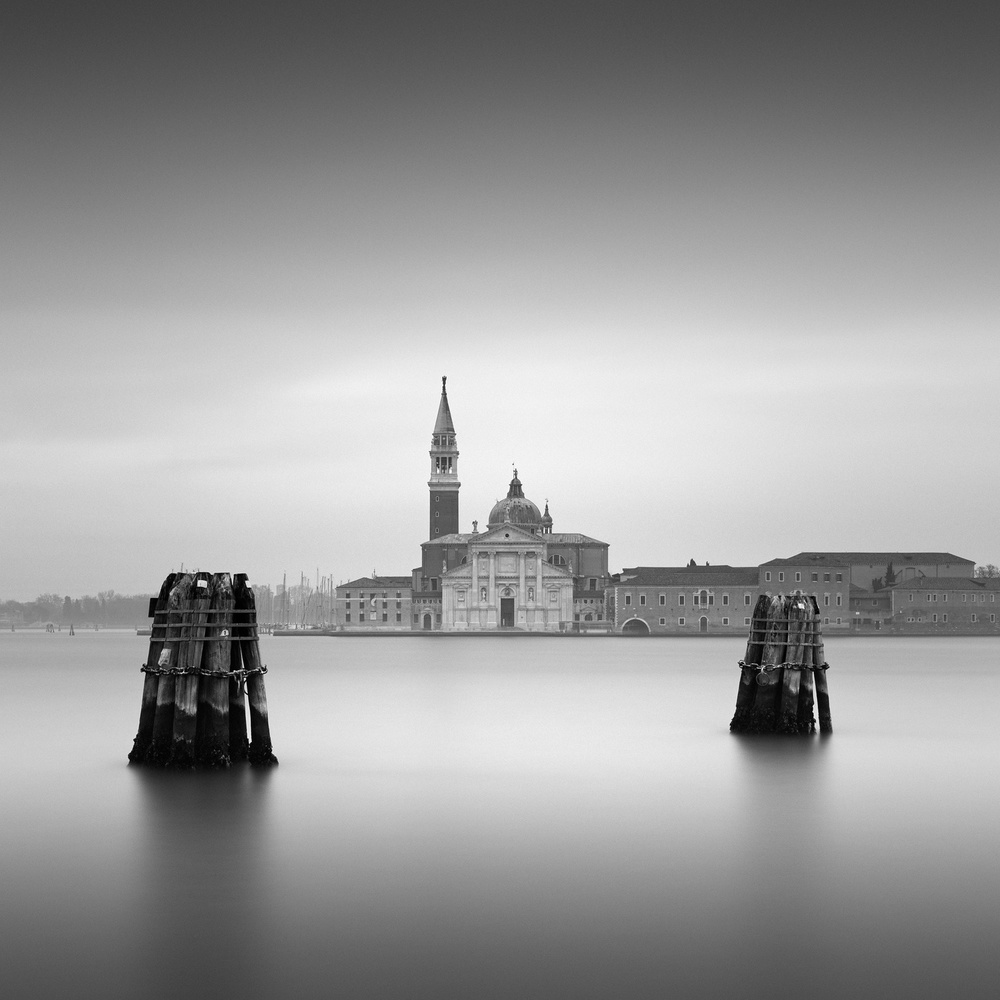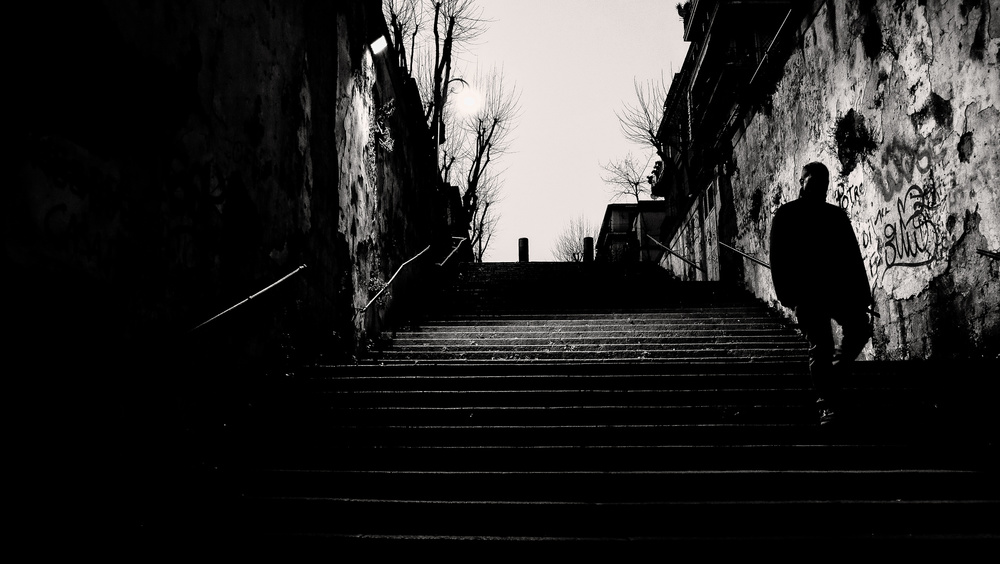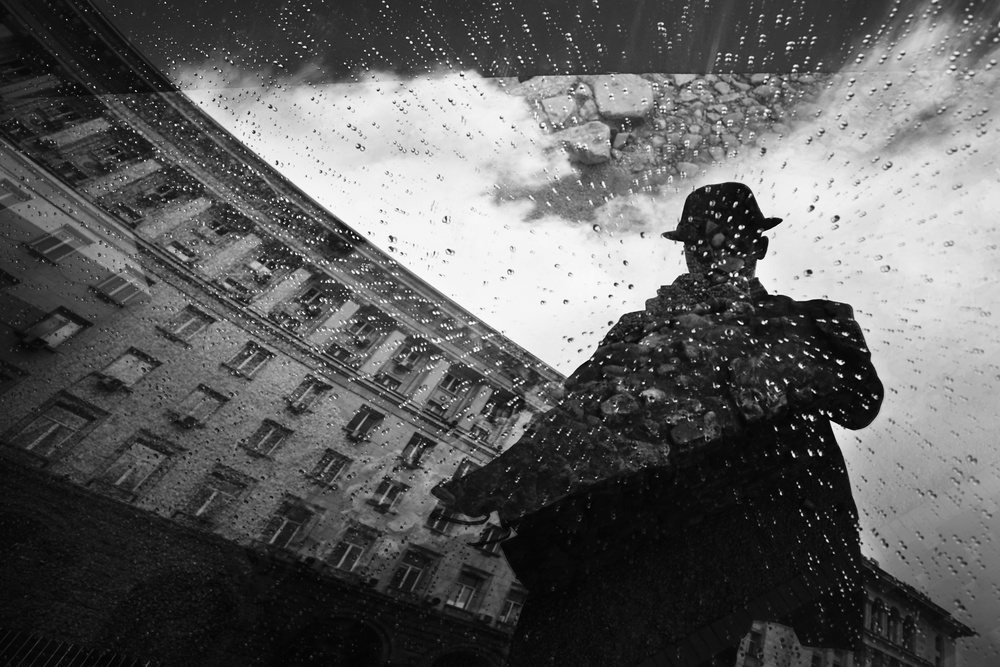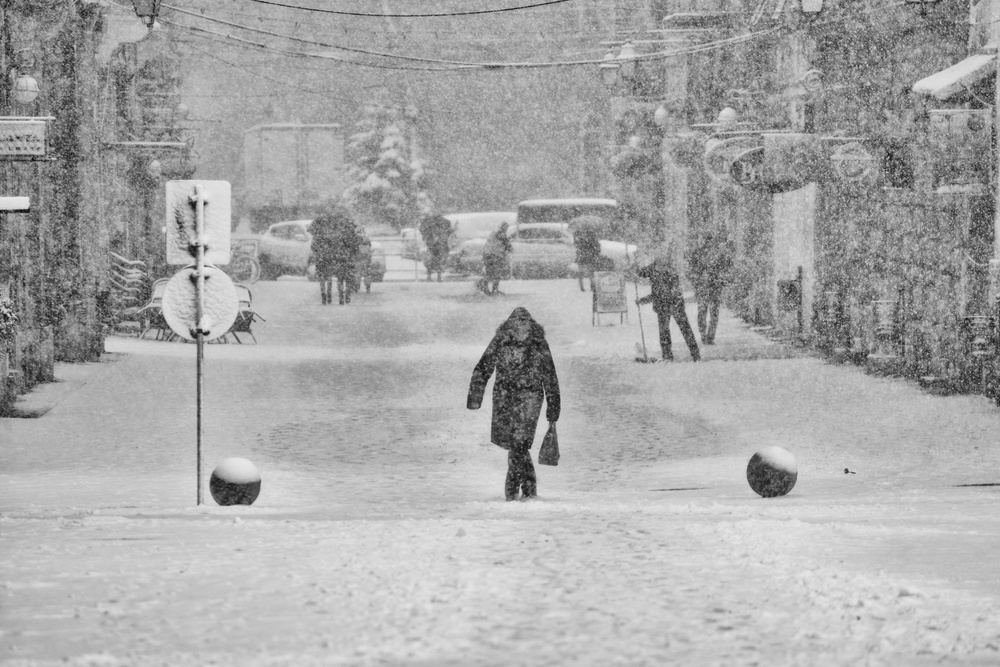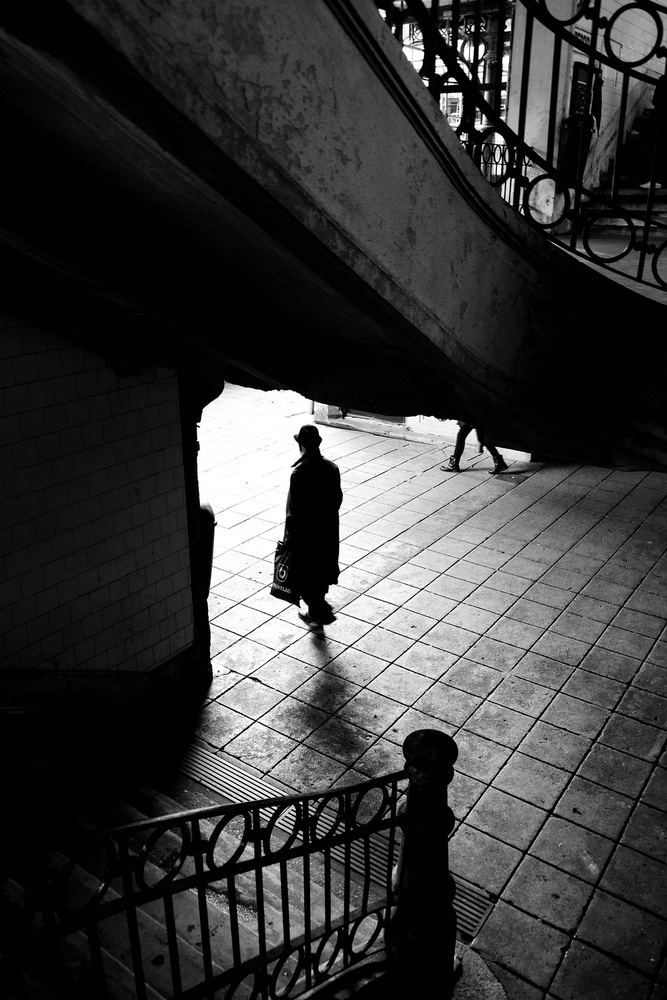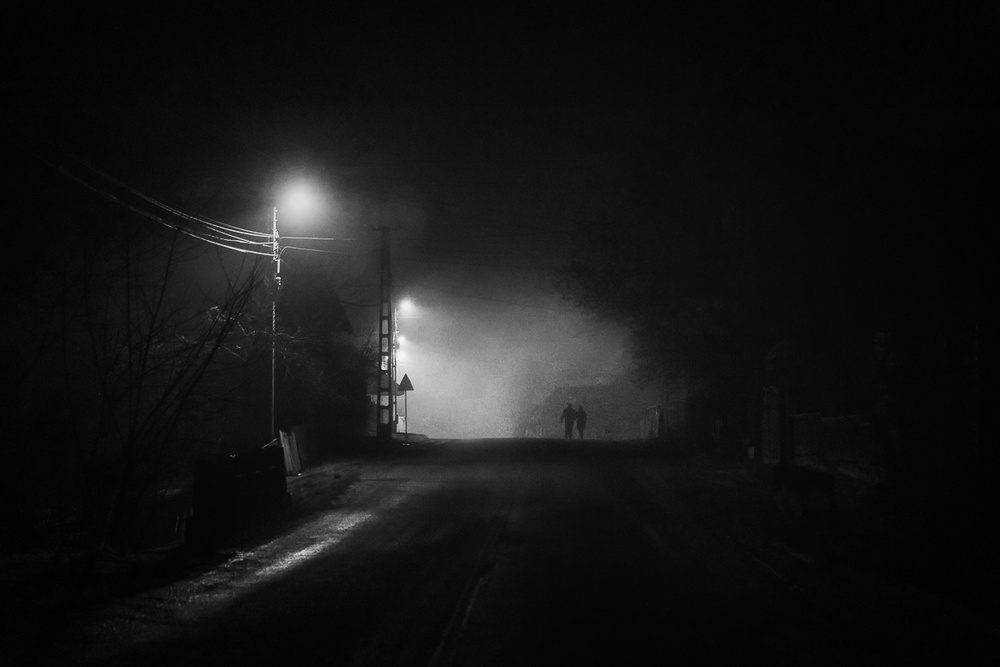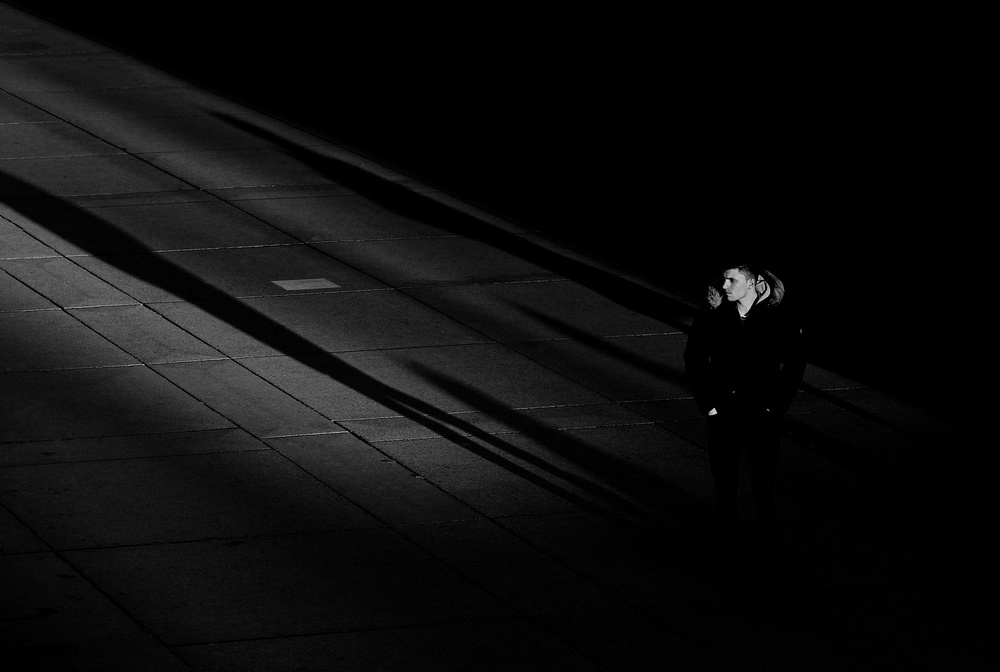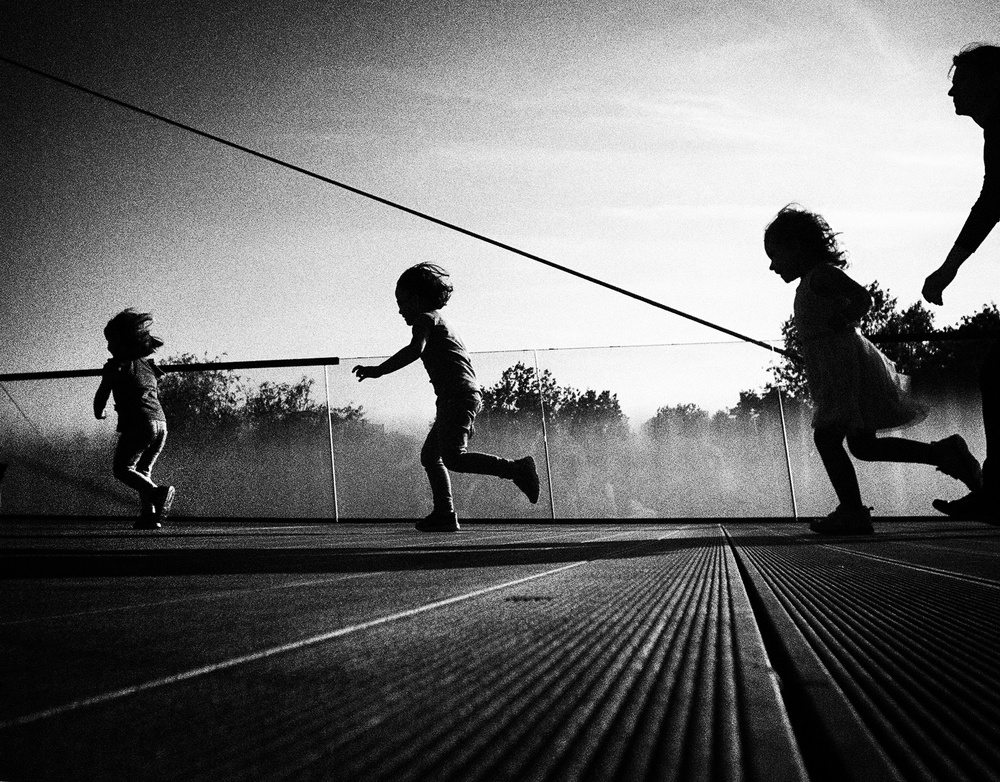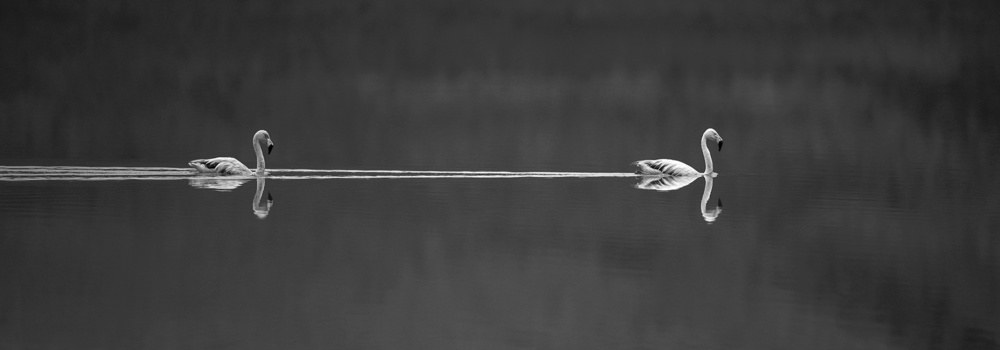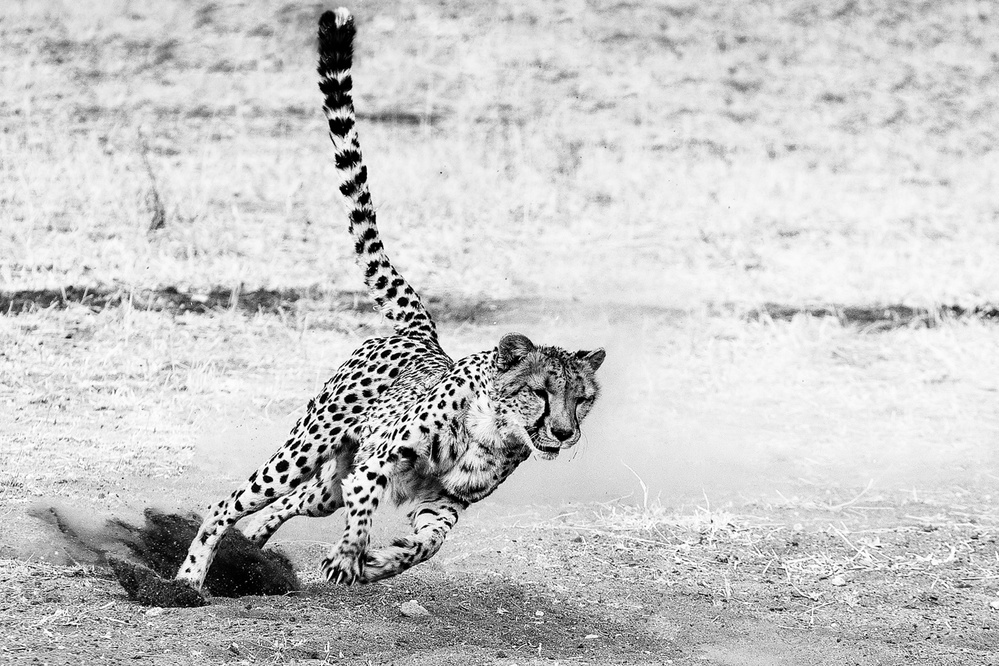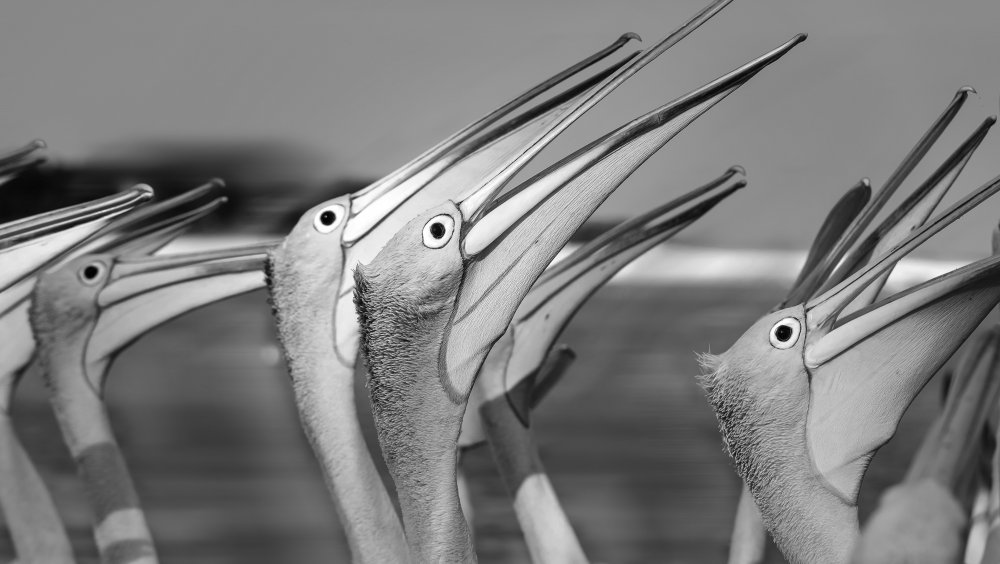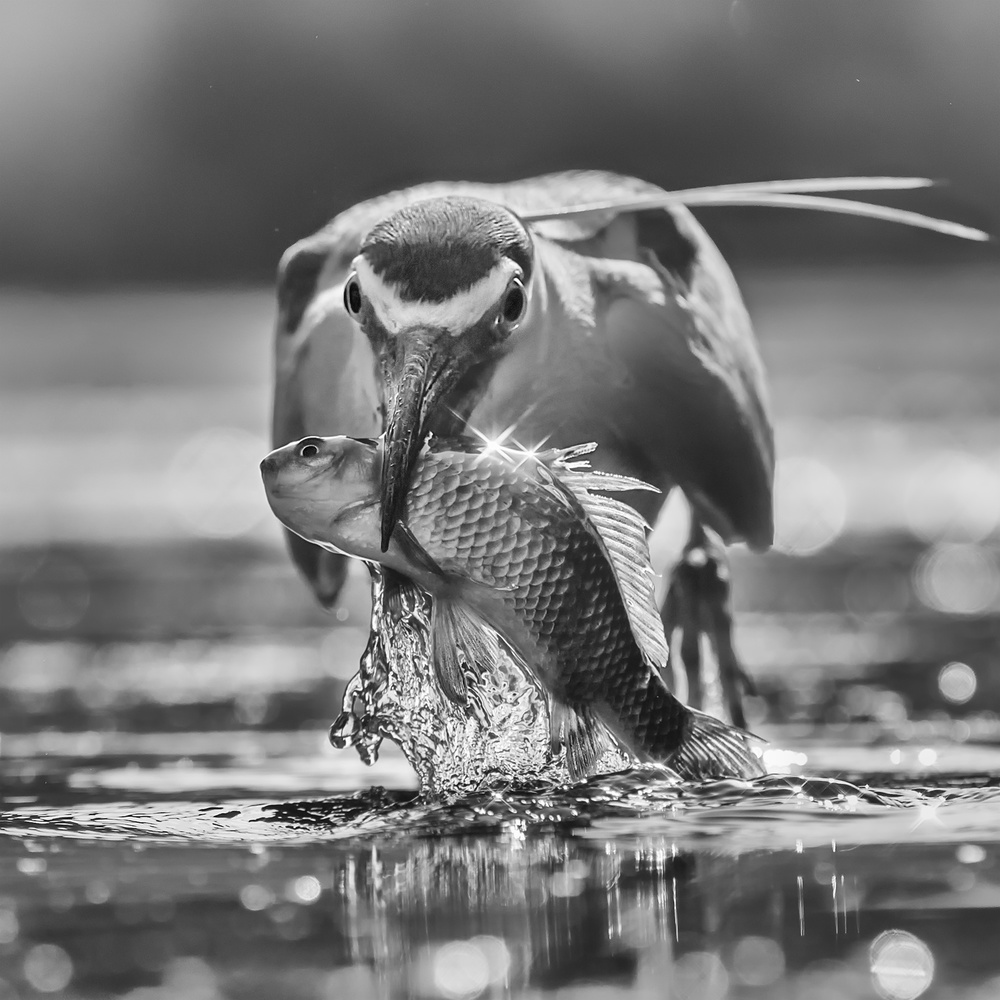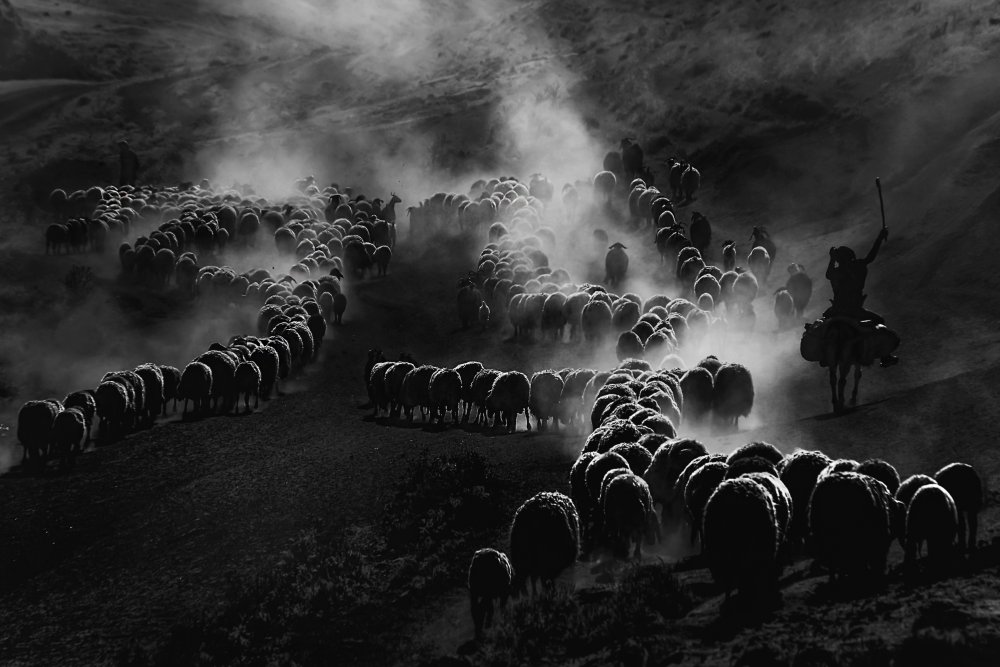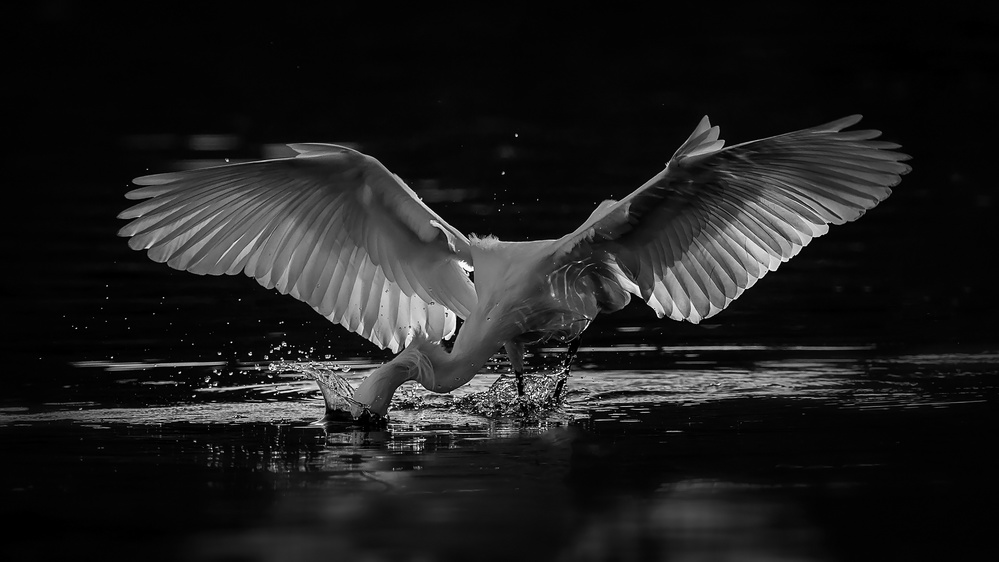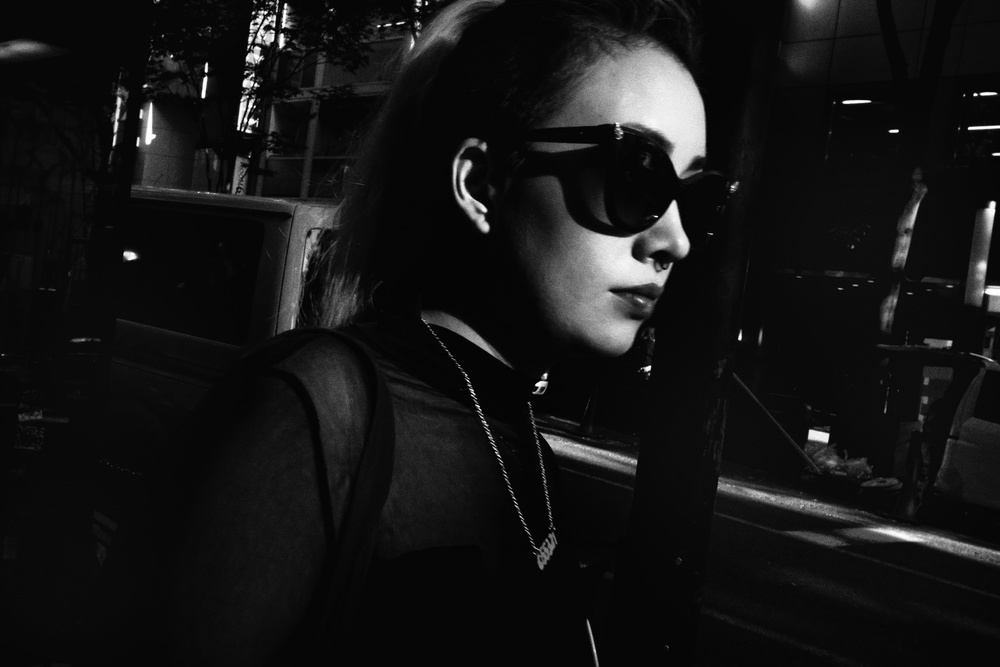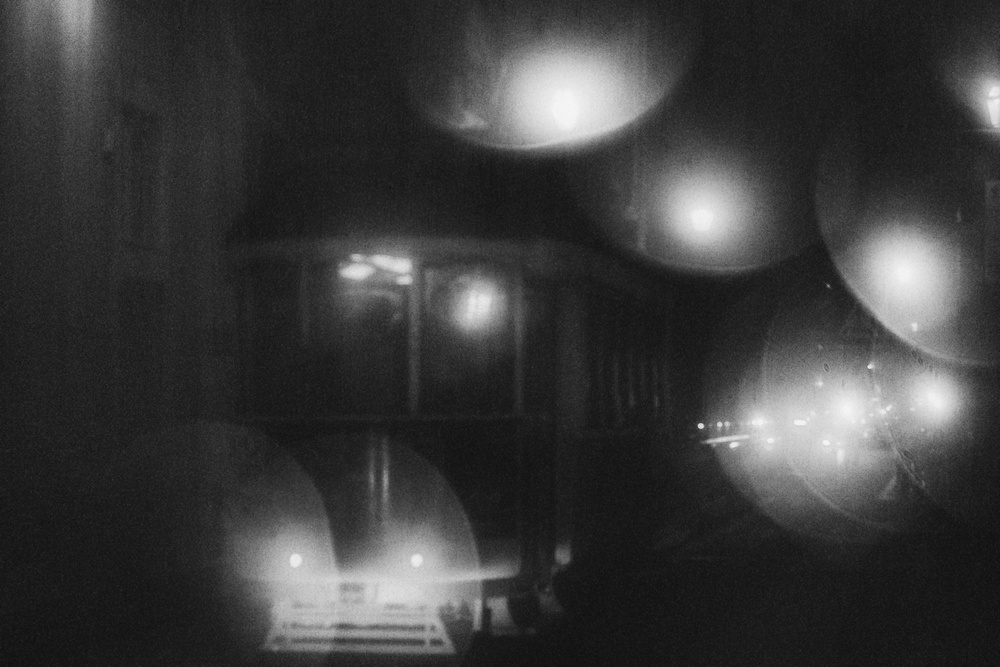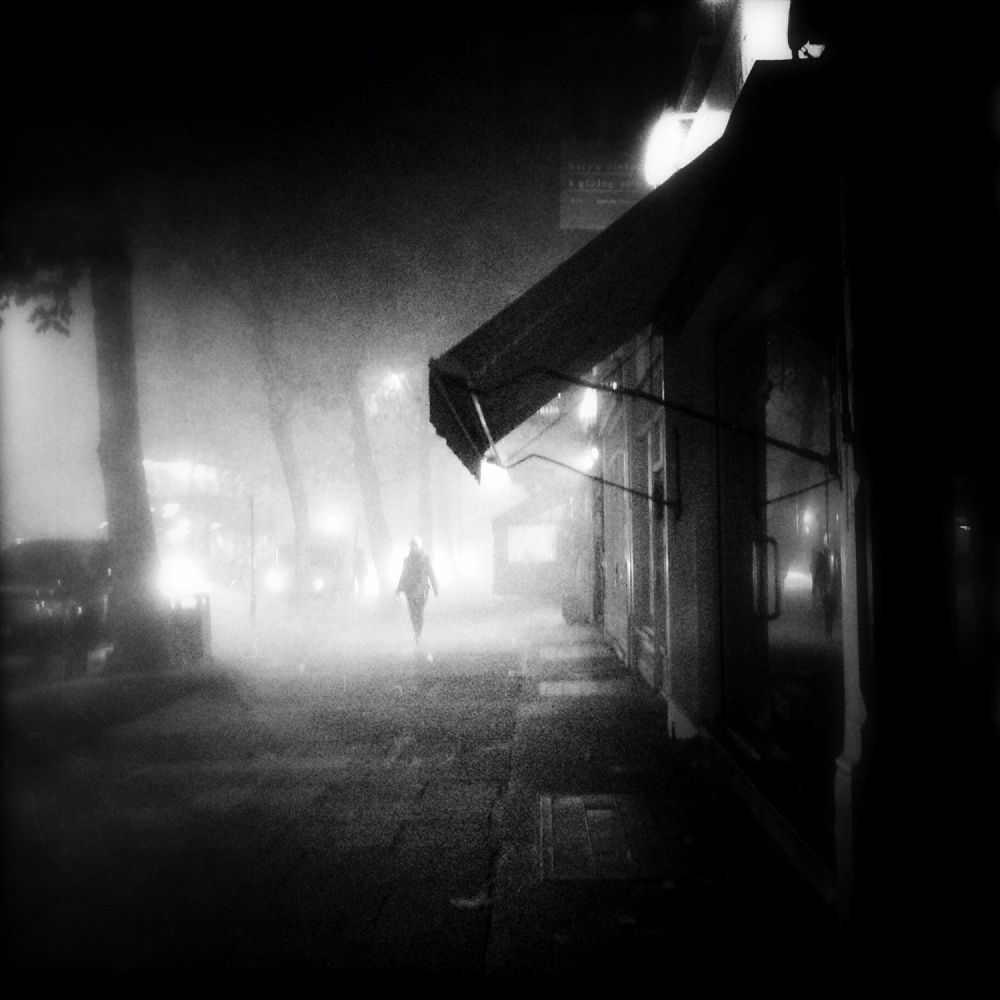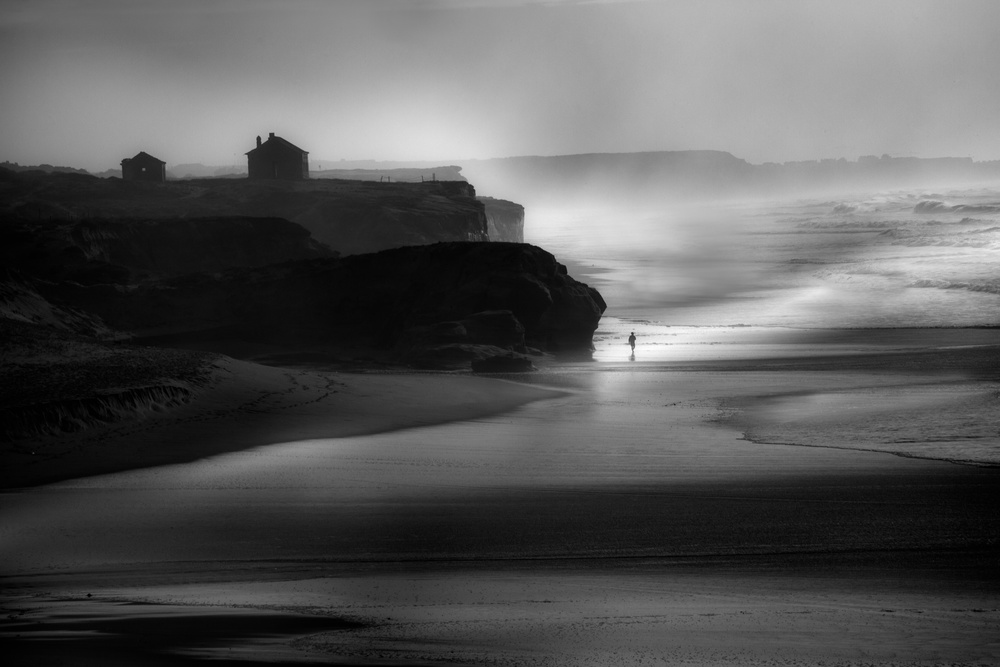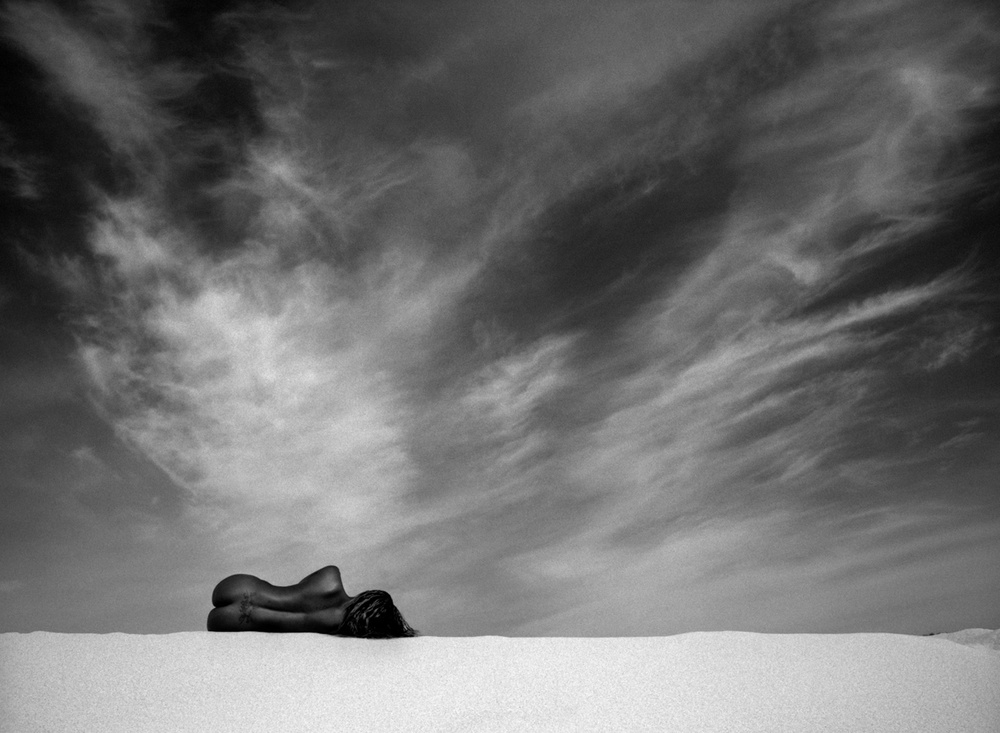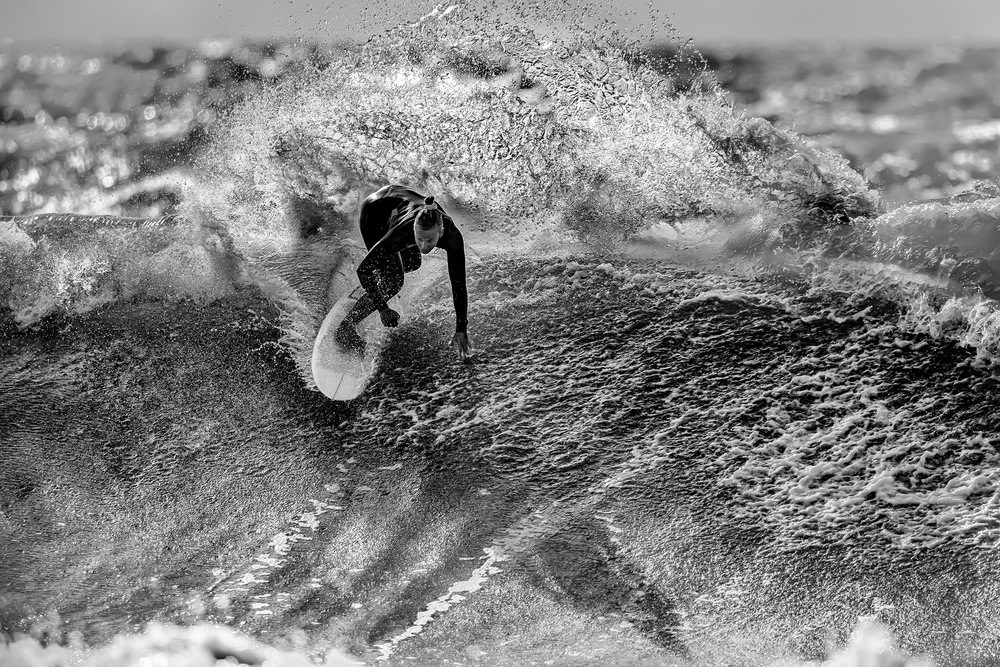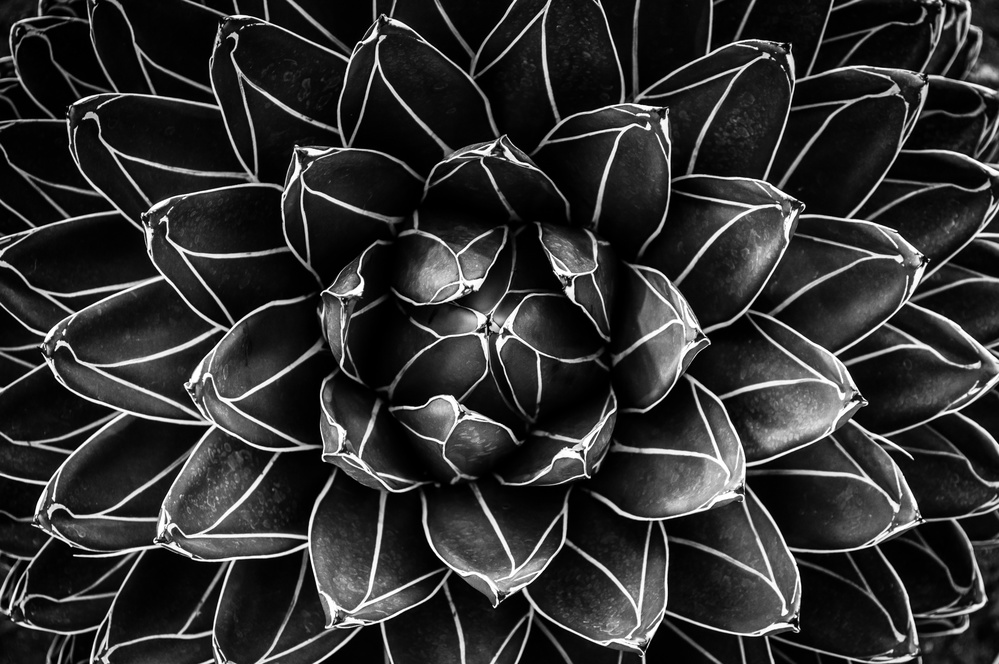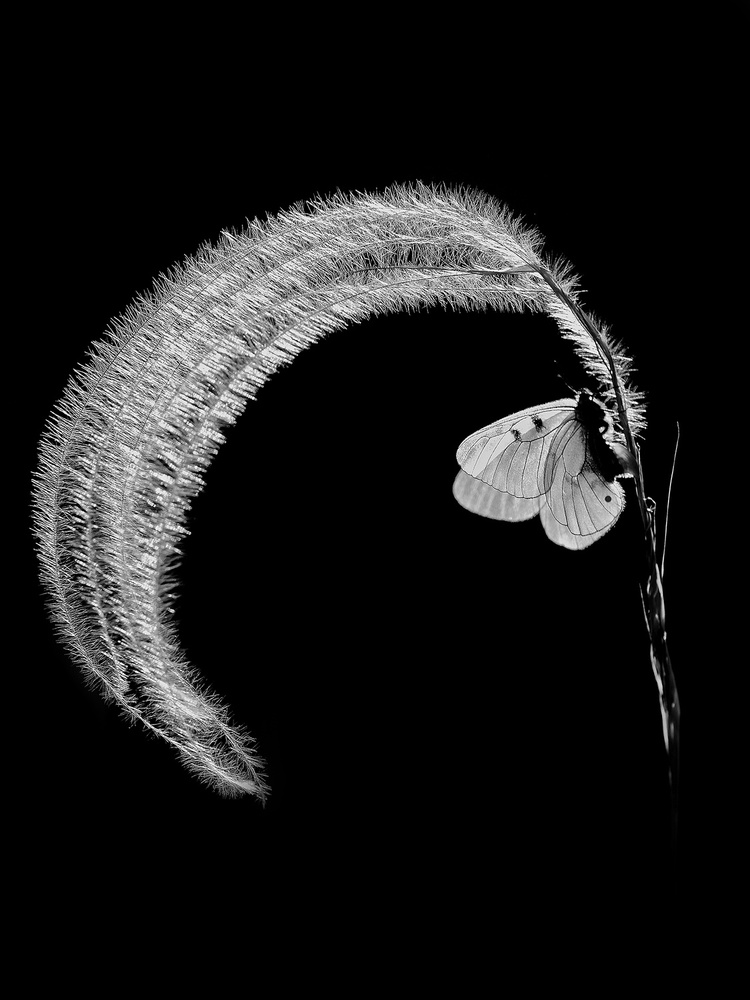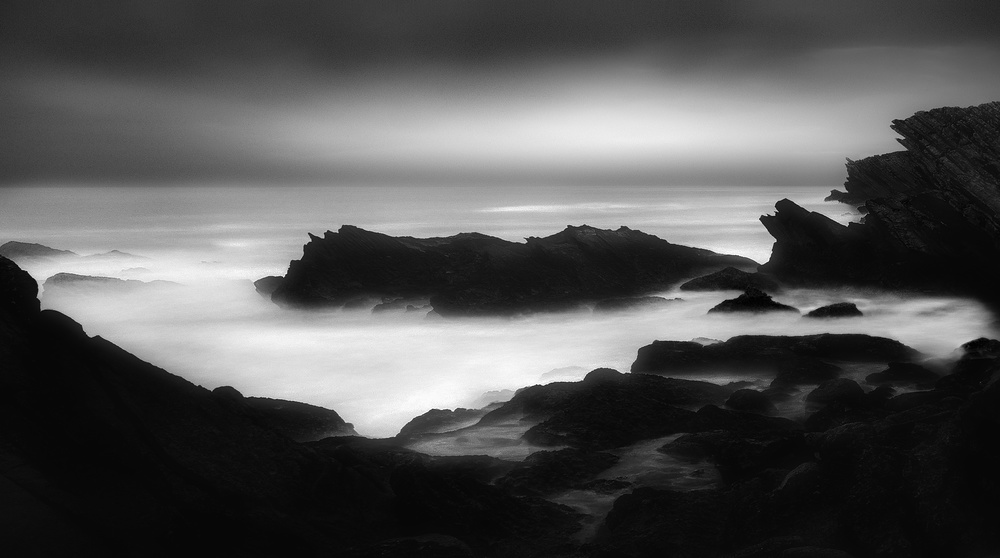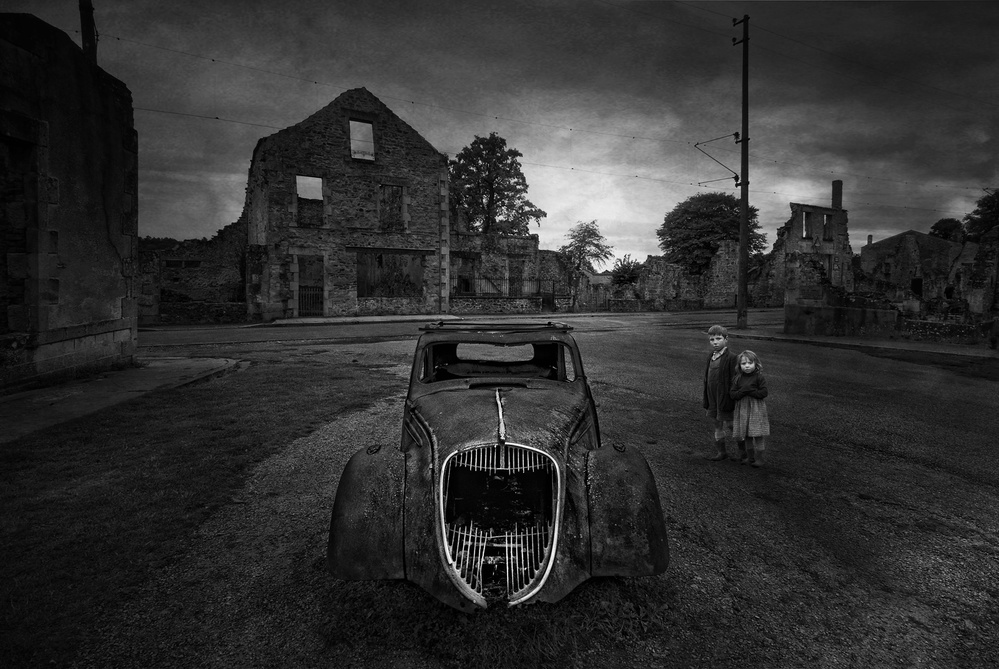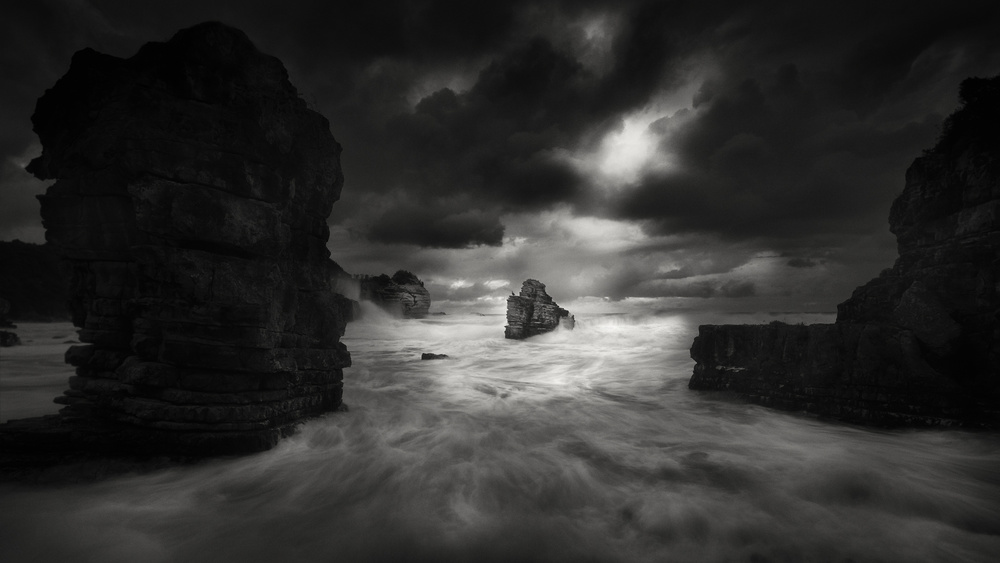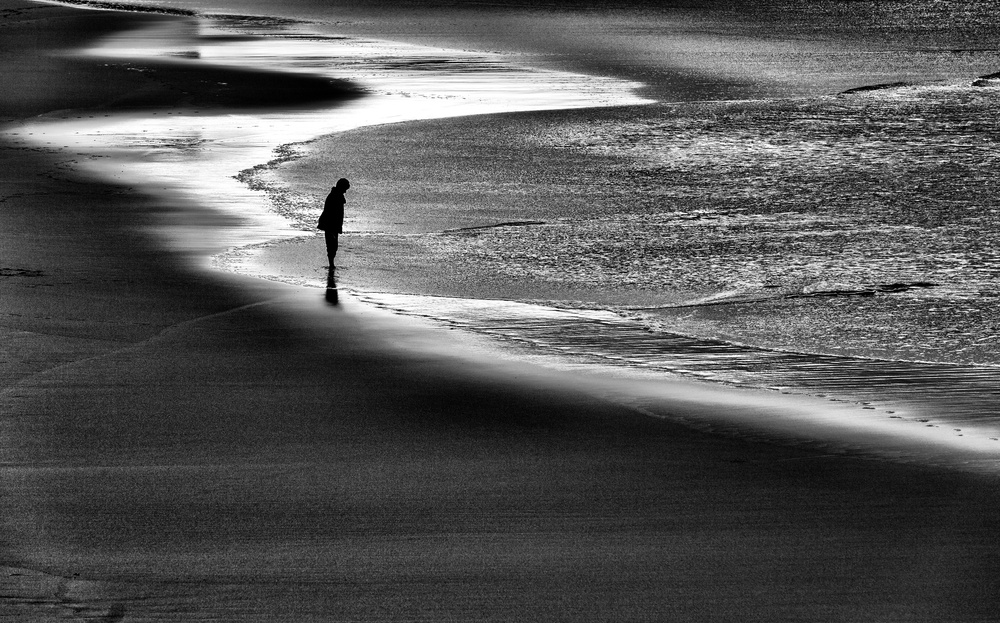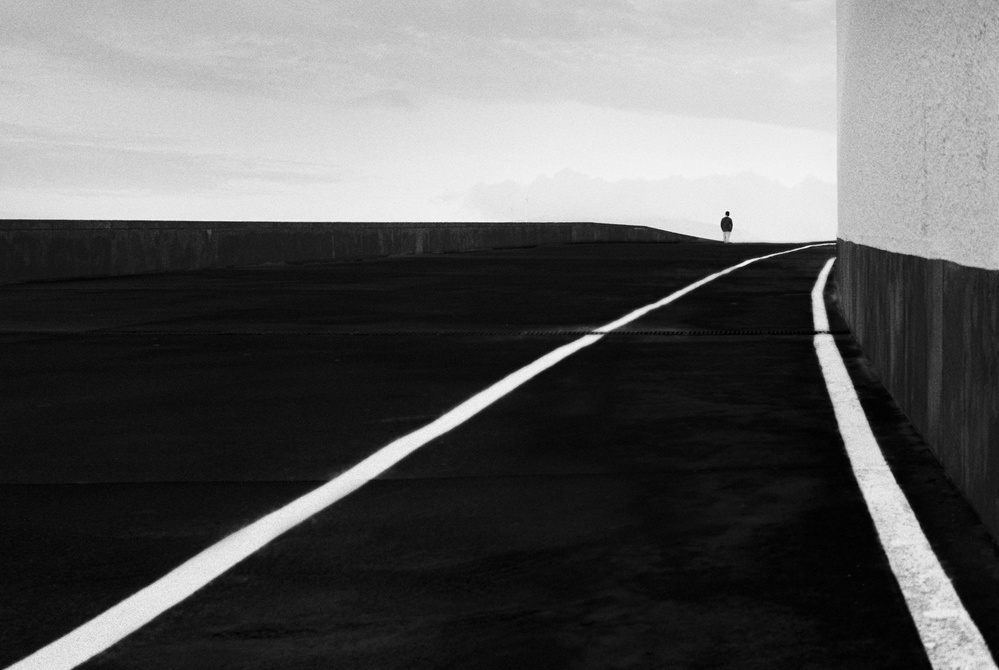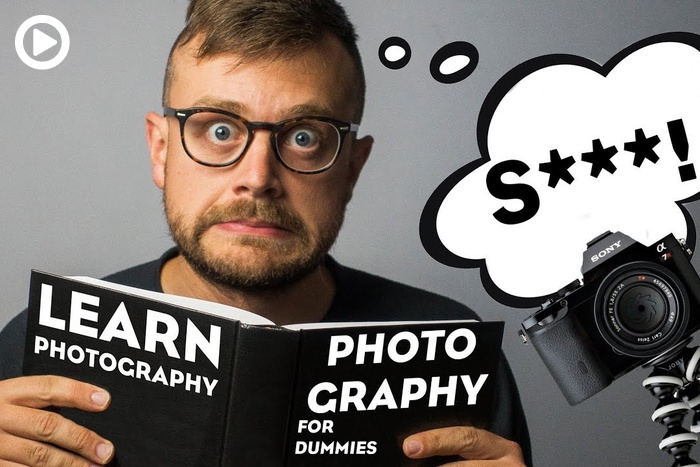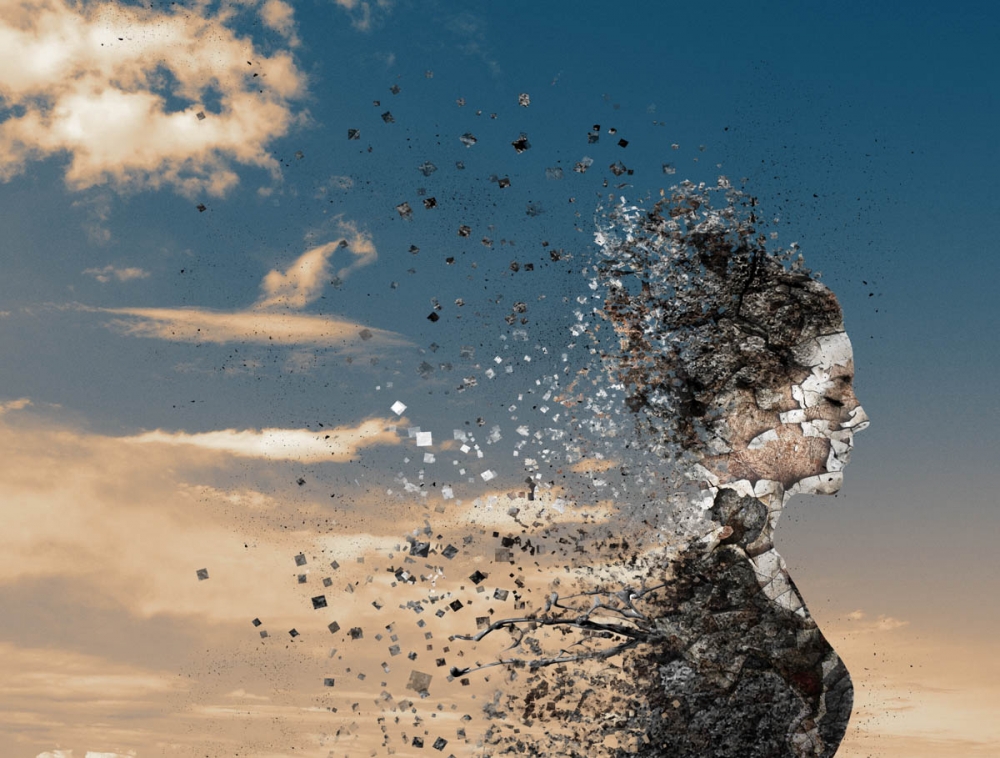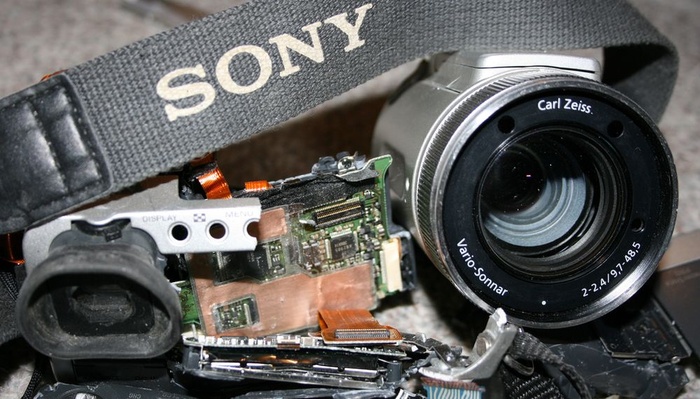Tips & Tricks
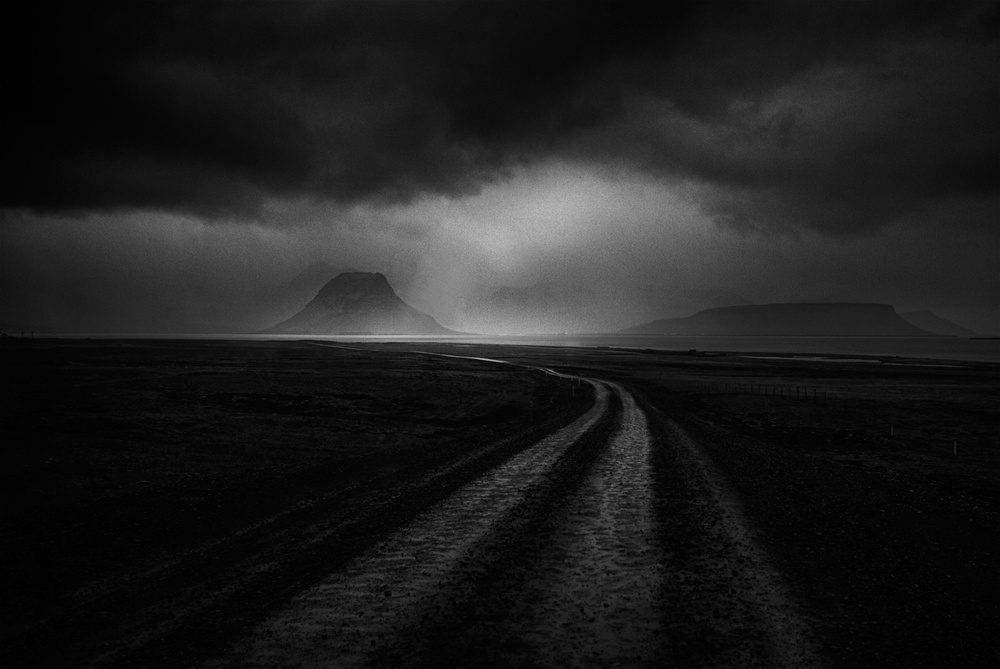
Some loose thoughts about BW photography: Part 3
1x Blog-Tips & Tricksby Editor Paulo Abrantes
Trying to keep an ongoing narrative about black and white pictures, in this article I just want to drop some points, some thoughts, in no particular order, about BW photography and many of them are very basic ones (if you missed the other two previous notes and want to take a look, these are the links:
Some loose thoughts about Black and White – Part 1
Some loose thoughts about Black and White – Part 2
Once in a while I find myself in some kind of need to get back to the basic BW foundations and maybe that´s why this may be a good time window for these lines.
Every time I take my books about the most basic BW foundations I found myself amazed about how many information I take out of it.
So let´s see: no order and no systematic line up for the topics – just the good old back to basics, in a random way. The goal of these few lines is not to give answers but to raise questions and leave them floating in the air.
In BW presentation, pictures are more abstract than in the colour presentation. The world´s reality is not presented to our eyes in BW, and that´s why I can play free with the tones. I am not constraint to the colour of the sky or the skin tone, or the trees and the grass.
In fact, in the BW world, I am not attached to anything of the real world – except for light sources, of course, because the planet is lighten with one sun only; but this is not a one way rule because at dim light and in the night time we can have many artificial light sources coming from several places, at the same time, just in one frame.
What is the colour of the sky in a BW picture? None, of course, it´s BW. But this particular question has a trap inside and the answer may have some consequences for the coherence in some answers for other major questions.
Of course it´s none, but if the answer is none about the colour, what about the BW tones?
Can we say that there is a correct tone for the sky in a BW picture – using the zone system reference or any other criteria?
I´m afraid the answer must be a huge “no”. If I use colour filters in the digital conversion work of a raw file or if I use a colour filter in front of the lens when shooting BW film I will always have different results not just in the tones but also in the light treatment.
If there is no right or wrong tone for the sky, another question can be asked. If I use a orange or red filter the sky will turn dark or even almost black and the clouds will turn white and contrasty. On the other hand, if I use a blue filter the sky will turn almost white or very light grey and the clouds will almost disappear from the sky. If the clouds were really there, can the reproduction of this particular reality using the high density blue filter takes us away from the real world…? Even if done in BW film? Even if done in some large format box with no fancy issues?
This is the same for the high density red filter and the opposite arguments, very dark sky, bright white clouds…, etc.
Some say, OK, let´s take the filter out of the equation. I say, OK. I will shoot with no filter at all, and I will shoot a “regular and straight forward” BW film with “regular and straight forward” lenses, with no fancy coating, etc. End result? – Almost no clouds or no clouds at all for sure, with a sky completely washed out. Again, where is reality?
If it is a cloudless sky and if I am going to use a high density red tone filter (digital or analogue), even if not infrared, I will have almost a pitch dark and black sky.
In this case can I use some dodge and burn technique or just underexpose the shot right in the spot to lower the tones of the entire frame, ending just with a low key in a dark mood frame, almost of some kind of night fall mood? Can this shot still be considered as a “real world” picture in black and white?
If the answer is “no” we can have a real problem in the photography conceptualization because a “no” achieves in a very easy way some major contradictions.
This can be more and more pertinent for the landscape category or, in some cases, for the street photography category and in the nature category a “no” could be almost a scandal.
Let´s think about a mandarin duck, a snake or a parrot.
How can I make a shot of this animals in BW? What kind of BW can be “right” to do proper justice to the animal´s colours and shape and to “stay real” “nature” category? Can they be represented in BW? I think so, because of the patterns and the shapes - those themes were already the subject of the two previous articles – but not because of the light or the precise tones of the feathers or the scales and so on.
No matter what the snake´s colour is, I can present it in many amazing different ways in BW and the viewer will still be able to identify the kind or species of the snake. Same for the parrot or the mandarin duck. Nevertheless, a green snake or blue or red snake can actually be represented in so many amazing ways in BW. Where is the line in between in those cases?
The reality concept in BW for street photography is mostly related to two words: “real world”. But, at the same time what do we see in BW street photographs? We can see a world of true fantasy where so many times the end result of the BW processing shows us radical changes in the reality captured and perceived with our eyes.
Is this enough to put those pictures away from the reality of planet earth or from the street category. A quick check in the world´s most famous photography contests or a flash overview to some portfolios from the masters, both contemporary or classic, will easily advise to answer a huge round “no” to that question. Even so, they still fit in the street photography category, where the viewer is supposed to stay linked with planet earth´s reality.
In Landscape photography, the use of a high density red tone filter (or several types of infrared ones), allow us to almost make night from day. Adding a low key or a underexposed filter right in the spot and adding some dodge and burn techniques in post processing or in the dark room: is it enough to drive our minds away from this planet and go straight to Mars?
I´m afraid not. In my humble opinion, the end thought is always the same: the only thing that I can be sure about is that the world is not BW, reality is not BW.
A BW picture will always be just a BW presentation of reality.
A BW presentation of reality can be done in several ways. Boundaries may not be a point to stay inside a representation of reality in BW. May be the light source point, the patterns and the shapes can, but in my humble opinion, never the tones and the amount of light. Of course I have many theoretical doubts about this assumption; it´s just my approach. But the doubts being theoretical and not methodical give me the advantage of reviewing all this approaches in some kind of permanent open debate in my mind.
It´s hard to trace a line, and it´s easy to find weak points in each theory. Everybody already heard the argumentation.
From my point of view, the more affirmative a theory is about this aspects the more easy it is to find those weak points. Starting from the books available and often in the author´s own pictures.
So maybe it helps to keep an open mind for the conceptualization of reality when represented in a BW picture.
Maybe it would be useful to leave some space for reflection in the future and keep an “open door” in our mind about black and white. Having many certainties about these topics, not so few times, may lead to some kind of intellectual crash in to a brick wall preventing us from seeing the horizon further away. And about BW pictures, someone said once that in a colour landscape photograph the picture ends in the horizon line and in a BW landscape photography, the picture begins in the horizon line.
“Mutatis mutandis” we can say the same about BW nature photography,about BW street photography or about any other category.
. '

